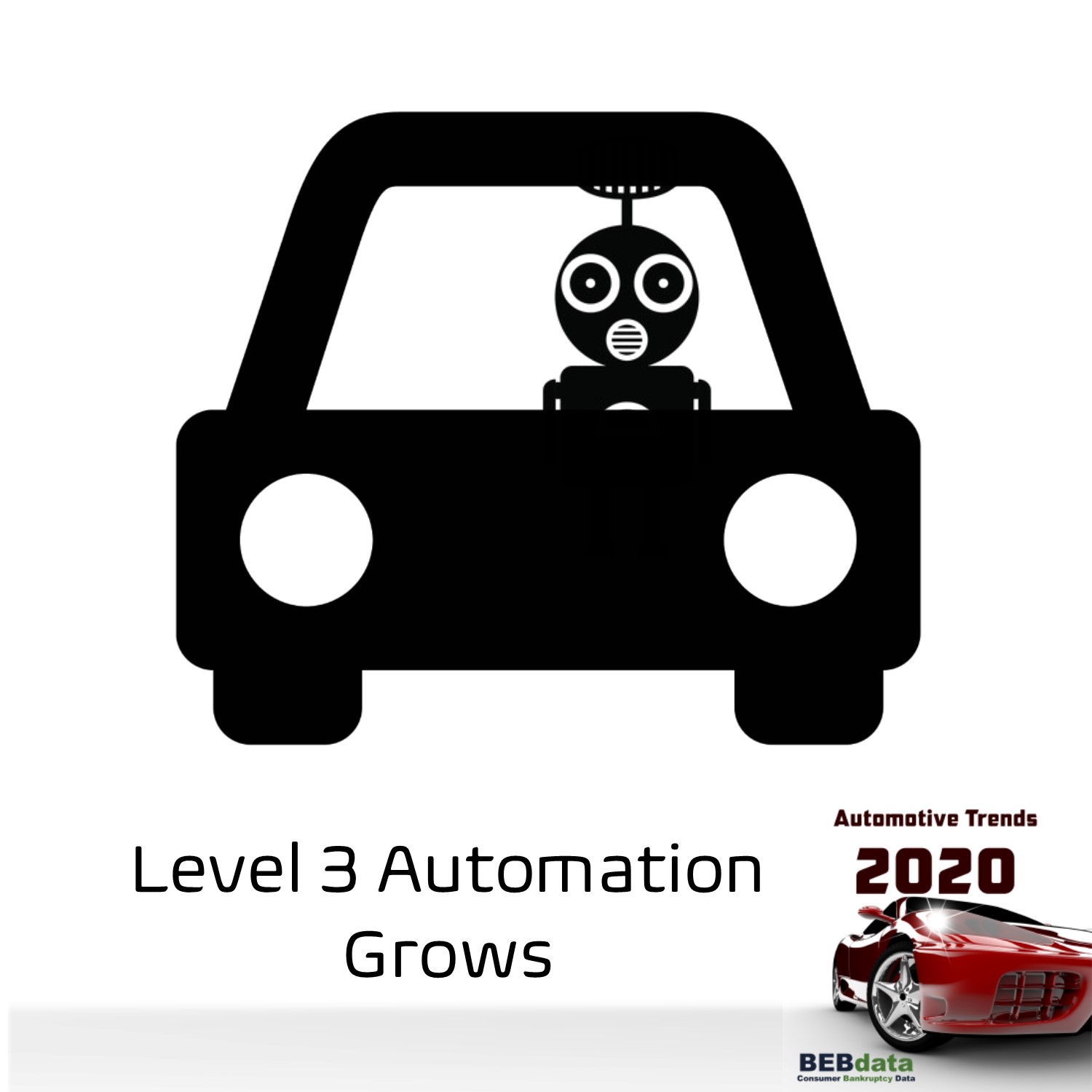 Self-Driving Systems are categorized by five-levels:
Self-Driving Systems are categorized by five-levels:
Level 1- Driver Assistance: Under specific conditions, the car controls either the steering or the vehicle speed, but not both simultaneously. The driver performs all other aspects of driving and has full responsibility for monitoring the road and taking over if the assistance system fails to act appropriately. Cruise control is Level 1
Level 2- Partial Automation: The car can steer, accelerate, and brake only in certain circumstances. Maneuvers such as responding to traffic signals or changing lanes largely fall to the driver, as well as scanning for hazards.
Level 3- Conditional Automation: The car is able to manage most aspects of driving, including monitoring the environment. The system prompts the driver to intervene when it encounters a scenario it can’t navigate. The driver must be available to take over at any time.
Level 4-High Automation: The vehicle can operate without human input or oversight but only under select conditions defined by factors such as road type or geographic area. In a shared car restricted to a defined area, there may not be any. But in a privately owned Level 4 car, the driver might manage all driving duties on surface streets then become a passenger as the car enters a highway.
Level 5- Full Automation: The vehicle can operate on any road and in any conditions a human driver could negotiate.


